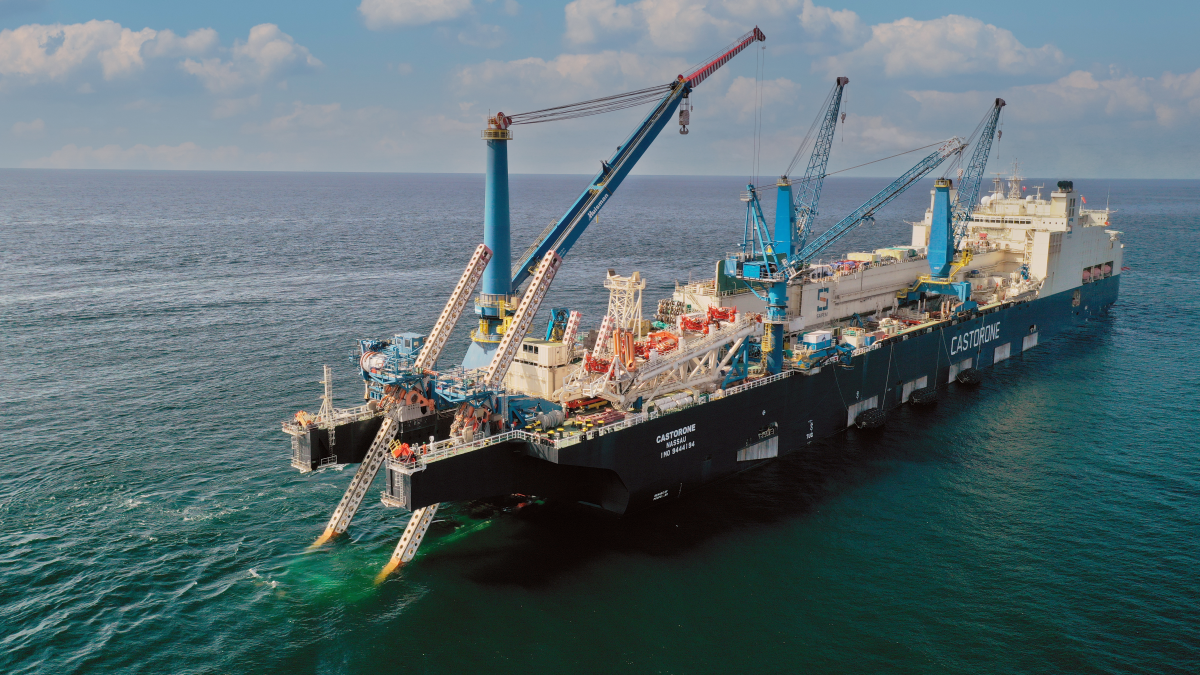The time is ripe for rethinking container shipping companies’ bunker adjustment factors, says Alphaliner, which finds several aspects of Maersk’s new mechanism that could be more transparent.
Now is the time to rethink the method of calculating the bunker adjustment factor, BAF, mechanism, which is essentially the liner shipping companies’ device for insulating themselves against oil price fluctuations, reports Alphaliner.
Alphaliner’s assessment comes after new bunker surcharge announcements from the big carriers, led by Maersk Line and followed by MSC and CMA CGM, all of which will introduce their new BAF mechanisms from January 2019. Container carriers’ customers have requested a more transparent calculation method, and the latest move from shipping companies has not been well received by the big shippers’ associations that represent the interests of customers.
“Maersk’s existing SBF tariffs do not accurately reflect actual fuel costs, a point that the carrier had conceded to Alphaliner. Maersk also confirmed that both their current SBF and the new BAF are not set according to a base bunker price,” the analyst firm writes.
Continued lack of transparency and consistency of how BAF is calculated by carriers risk further calls for the surcharge’s abolition”
ALPHALINER
This goes against the basic principle behind the BAF, Alphaliner notes. As the mechanism was originally introduced back in 1974 after the first big oil crisis, it was only intended for use in the event that fuel prices increased to beyond a particular basis level. Shipping companies were supposed to cover the costs as soon as fuel prices returned under that basis level, Alphaliner writes, adding:
“Continued lack of transparency and consistency of how BAF is calculated by carriers risk further calls for the surcharge’s abolition. Carriers need to incorporate all of the component factors that would affect their bunker fuel costs, in order to dispel shippers’ concerns.”
Maersk has contested that the new BAF lacks transparency, but rather claims that it is “designed to be completely predicable” for customers.
“The surcharge level reflects the factual fuel costs, and what will happen with the BAF surcharge when fuel prices increase is completely predictable,” the company recently wrote to WPO.
Fine start, but…
Maersk Line is until now the only carrier to have published its method of calculating the new BAF. In short, Maersk multiplies the price of fuel with what is called the trade factor, meaning fuel consumption per container on various trading routes.
The price of fuel is based on the high-sulfur fuel IFO 380 in 2019, and that will be substituted with 0.5 percent low-sulfur fuel from January 2020, when the global sulfur cap comes force. The new BAF will be reviewed every three months.
Despite there being differing information on calculating BAF, there are still other components not included but which do play a role in overall costs, according to Alphaliner.
These are, for instance, savings from using scrubbers and the implications of such for shippers, or how cost reductions caused from using larger ships or slow steaming can be part of a BAF calculation. Alphaliner also points out how longer-term trade imbalance would be reflected on the trade factor.
“While Maersk’s latest attempt to reset the BAF debate with the publication of its new BAF formula is a good start to its previously opaque and unjustifiably high SBF tariffs, carriers will need to address shippers’ concerns head-on by providing better visibility of the total fuel related costs,”Alphaliner writes.
Fuel prices are expected to increase markedly and by several billion dollars after the sulfur cap enters force in 2020. Maersk Line is counting on extra fuel costs of up to USD 2 billion per year, and thus container shipping companies generally are not shy to say that those costs should be passed on to customers.
According to firm Seaintel, the extra costs should be passed on to customers.
“There is simply no one else to do it. The only question is how,” Seaintel wrote.






